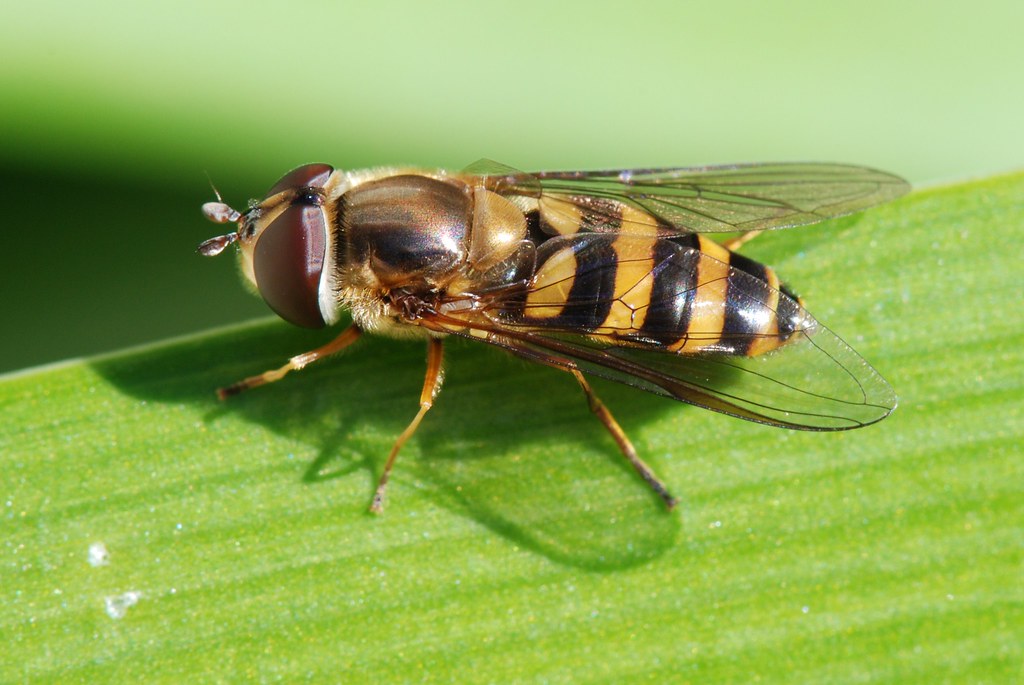How can you support pollinators in your space?
How to Clean Mason Bee Hotels
How to Support Mason Bees and Leaf Cutter Bees

Leaf cutter bees are solitary, cavity nesting bees as well, but instead of using mud like mason bees do, they line their nests with meticulously carved leaves.

How can you discover what pollinators are visiting your space?
Interested in Bee Taxonomy and Citizen Science?
Volunteer for the Washington Bee Atlas!
Bee-yond bees – check out these bee mimics!
Below are some informational graphics produced for our WSU Bee Program social media. Swipe right to learn some fun facts!
















